We were staying at the top of the hill, behind the beach and the hotels, looking east over the bay to the mountains beyond. North of us was the Citadel but it only came into view as we descended the zigzag path back down into town. It seemed like a good place to begin exploring.
We came past the Place Christophe Colomb and stopped to admire these gnarly old trees around the pétanque court. I was curious to identify them. They were beside the Hôtel Saint-Christophe, whose address is Place Bel Ombra, so I guess they must be Phytolacca dioica, bel ombra, (beautiful shade).
Despite some hard pruning there’ll be beautiful shade once the leaves are out.
The only entrance to the Citadel was formerly guarded by a drawbridge, portcullis and armoured gates. Over the gateway are the arms of Calvi and the words that celebrate the town’s long loyalty to Genoa, ‘Civitas Calvi Semper Fidelis’, accorded by the Republic of Genoa in 1562 after the town had heroically withstood the sieges of 1553 and 1555 by French and Turkish forces and Sampiero’s Corsicans, rebels or partisans according to point of view.
Roland Gant: Blue Guide Corsica
Another bel ombra, this one growing on the ramparts.
We got lunch on the terrace at A Candella.
Next door we discovered the Oratoire St-Antoine
and St Anthony with his piglet
and a silent exhibition of absent pictures.
On the far side of the Place des Armes the cathedral church of St-Jean-Baptiste stands on the highest point of the rock on which the old city is set.
Built in the 13C, it suffered in the 1533 siege and was severely damaged by fire in the explosion of the Palace powder magazine in 1567. Rebuilt in 1570 and raised to cathedral status in 1576, it is in the form of a Greek cross and surmounted by a cupola.
Inside, under the dome, are what appear to be theatre boxes protected by grilles. Here sat the wives of local dignitaries when they attended mass; the grilles were to protect them from the curious or lustful eyes of the common people. To the left of the entrance are marble baptismal fonts dated 1568. The carved and painted pulpit was given by the people of Calvi in 1757. The central panel portrays John the Baptist and is flanked by the symbols of the four evangelists.
The high altar is 18C polychrome marble and surmounted by a 17C Christ in wood. The triptych (1498) in the apse is by the Ligurian artist Barbagelata and is a copy of his master Mazone’s painting for the church of Santa Maria di Castello in Genoa. Below the triptych is a portrayal of St Nicholas and three children, the work of ‘primitive’ local artists.
Roland Gant: Blue Guide Corsica
All around the walls are paintings and sculptures of gesticulating saints, brightly painted carvings and plaster casts singing and dancing round the room, each with their own special signature hand signal.
On the balcony, looking left towards the mountains, and below, looking right towards the town.
Calvi – View from Citadel: John Minton
It was twenty miles down the coast to Calvi. Somewhere on the route an invisible frontier is crossed – the frontier between unhappiness and pleasure, between an oppressive past and between history that has been eased of pain.
Calvi is not really Corsica at all, but a part of the Côte d’Azur that has drifted away from its moorings. The ennui, the bitterness, the sense of abandonment that hangs over the rest of the island has been smoothed away by the Mediterranean – by a piece of sea that is sailed only for pleasure.
The huge fortress built onto rock rises up square and gaunt over the town – a flutter of red and white buildings separated from the quayside by palm trees. Behind, like a spine, a road runs up to the derelict naval prison that was reserved for the worst criminals and beyond that, over soft hills of maquis, mountains cut off the distance which gets piled up with clouds unable to cross.
The quaysides fall away into rocks on one side and on the other into long strips of white sand bordered by pine trees – the hills on the far side crowding in when the weather is bad, dark and purple like Scotland.
Calvi was the most faithful Genoese stronghold. On the gates of the citadel the words “Civitas Calvi Semper Fidelis” stand out as though they were written up yesterday – amongst the derelict garrison buildings shelled into surrender by Hood a hundred and fifty years ago.
All round the fortress gutted relics of different wars lay about – a rusted mortar, a still oiled ack-ack gun, emptied food tins, scrawled slogans.
Nearly all the castle buildings were ruined, staring blindly out at the blue sea through windowless slots, acre after acre overgrown, with the sun burning off the white cobbled paths and a deserted silence, like a pall of smoke, issuing out of the fissures in the brick.
Below, the sea was flecked with sailing boats, the blue water changing into bars of different colour, black over seaweed, emerald, pale cobalt – till it frilled over the dun sand, lost where the pines stood up like a green hairbrush, and the heads of bathers were olives thrown into the waves.
Calvi – The Citadel: John Minton
Then down to the lower town, the Basse Ville, and the Marine, the Port de Plaisance and the quays.
Beyond the railway station and Tourist Information we found the entrance to the beach.
We walked its full length, like mad dogs in the heat of the midday sun.
Across the railway track and high above Super U, up on the crest of the hill,
the statue of Notre Dame de la Serra watches over the town.
The ripples on the shore inscribe their automatic writing in the sand.
Behind the beach, the train runs to and fro along the coast between Calvi and L’Île-Rousse.
Under the pine trees we met Braque and Botticelli. Also Picasso.
An empty holiday camp of chalets named after famous painters.
Ahead of us a plane takes off from Aéroport Calvi Sainte-Catherine.

At last we got as far as we could go, and our most distant view of the Citadel.
On the map this point is marked as à Foce, the estuary of the Figarella river.
We returned through the woods and along the boardwalk by the railway, in the shade of the trees.
Back in Calvi we sought shade beneath the umbrellas on Quai Landry, and watched as a plane came in to land. Click on the photo and it’s the white speck directly above à Foce at the far end of the beach where we’d just been. It disappeared briefly behind the distant trees, then re-emerged climbing steeply and turning in a tight curve towards the mountains, seeming to be much too close for comfort. What were the passengers thinking as their final descent suddenly became a screaming near-vertical climb? Fortunately the plane turned around safely and flew back the way it had come. I know not why.
Meanwhile, on the other side of town, another Notre Dame watched it depart. This is Dame de Calvi en Prière, the praying lady of Calvi, a sculpture by Svein Knudsen overlooking the Plage du Roncu.
It’s a small rocky beach hidden away behind the Citadel, with a tiny strip of sand whose only occupants were sunbathing topless, so we shifted our attention to the abundant rock pools and the fantastical wind-carved sculptural shapes of the headland above.
Leaving the beach we ran into one of Corsica’s most notorious invaders, a Red Palm Weevil.
We returned to the cathedral for a performance of a cappella polyphony by Meridianu.
Afterwards, with their voices still ringing in our ears, we visited the birthplace of Christopher Columbus and imagined him singing his conquistador songs all the way to the New World.
In the golden evening light the air was thick with swifts just in from Africa.
And the mountains glowed dusky rose pink orange in the twilight.
※
Bienvenue sur le site officiel de la Ville de Calvi
※
PS: Direction l’île de beauté et la superbe ville de #Calvi ☀️ @aircorsica
#MagnifiqueFrance #VisitCorsica Valentin Donato












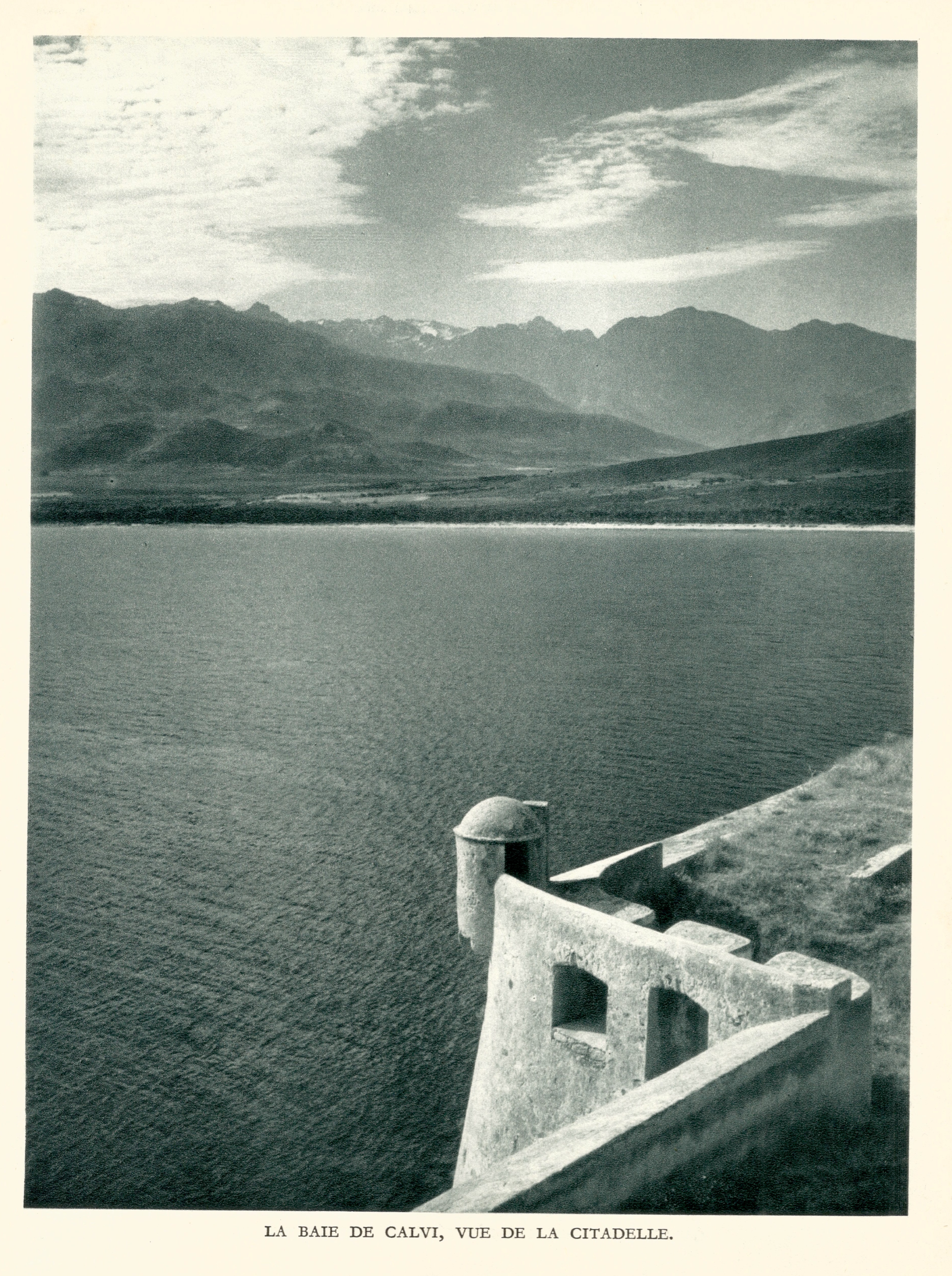






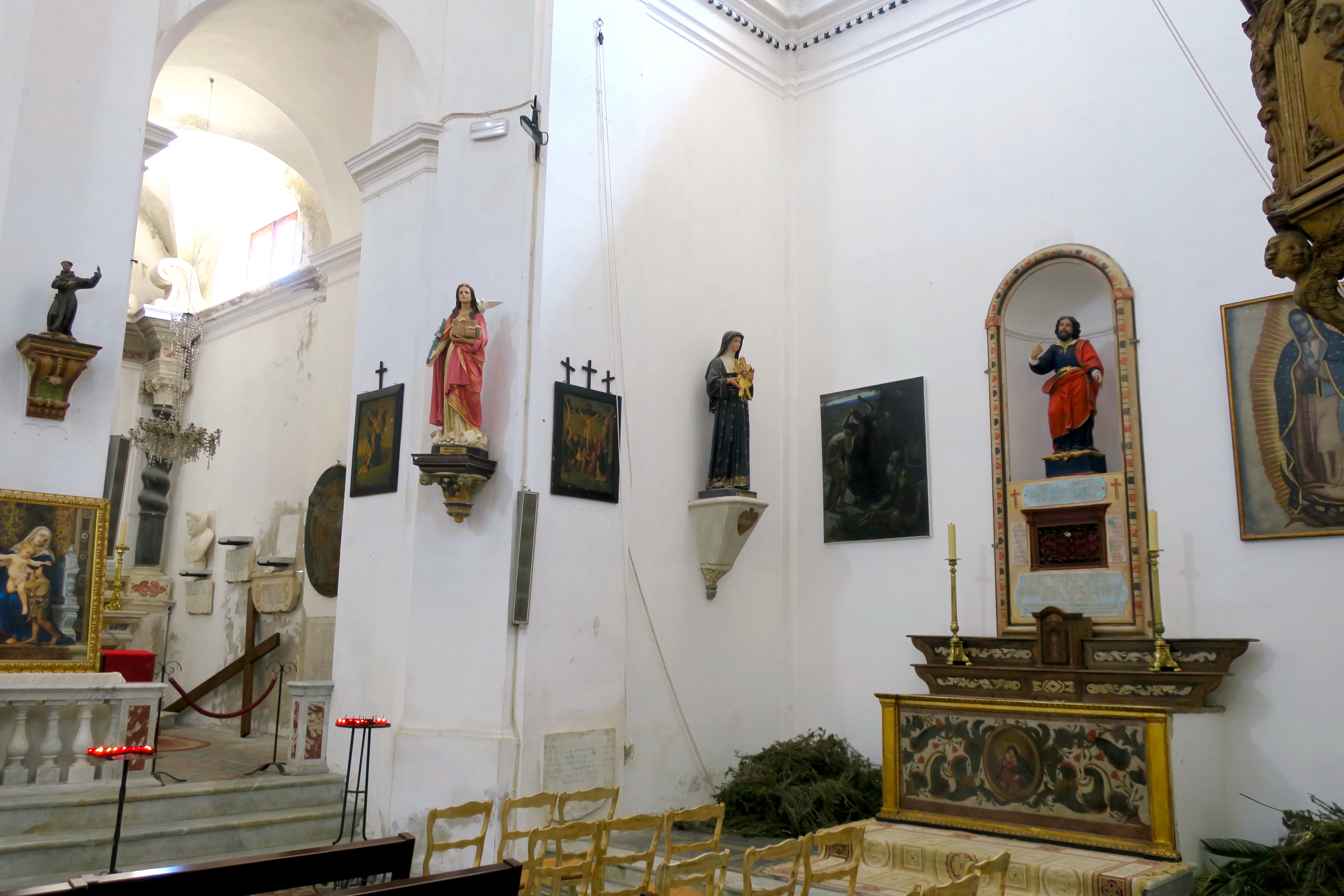








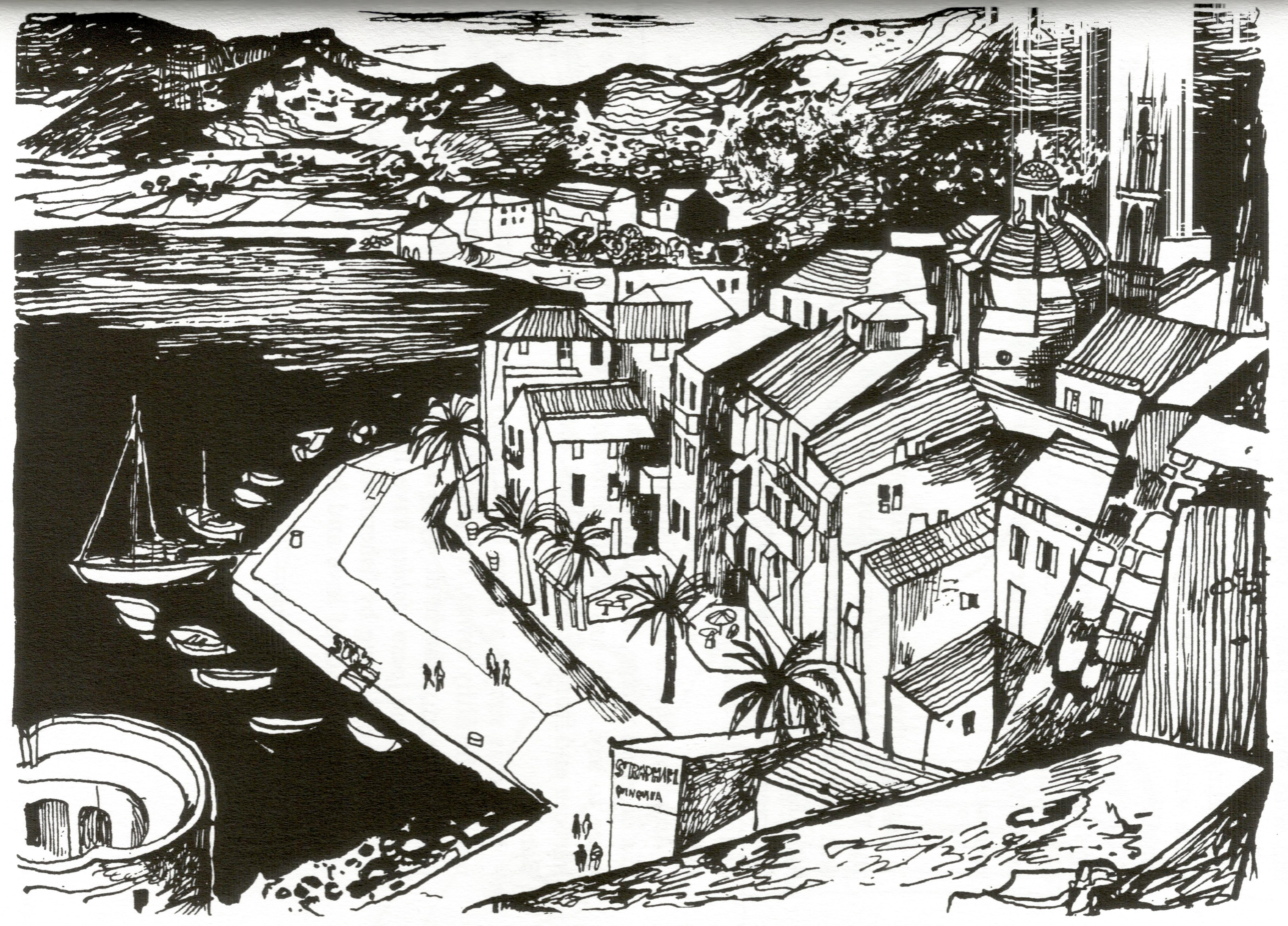
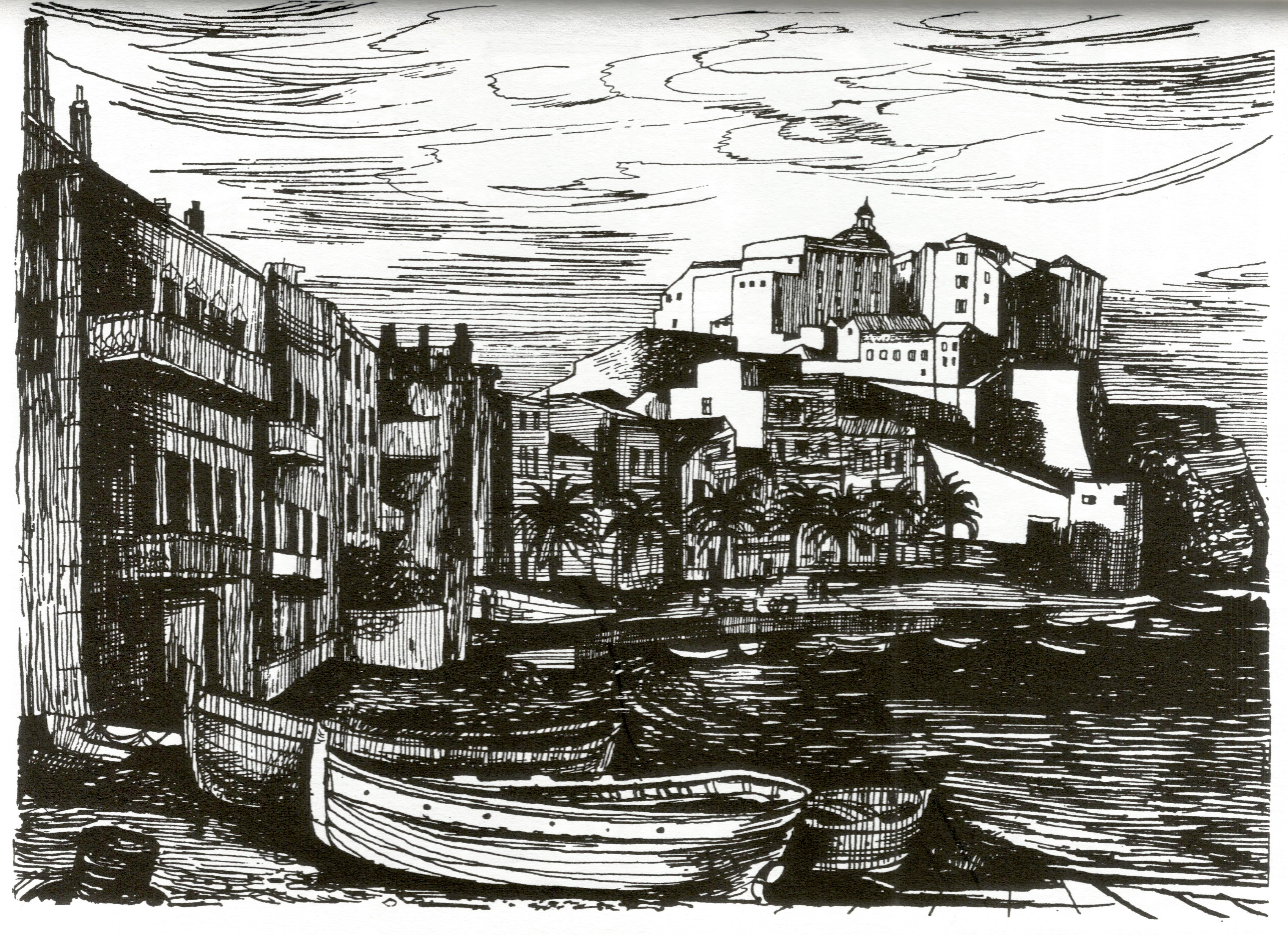




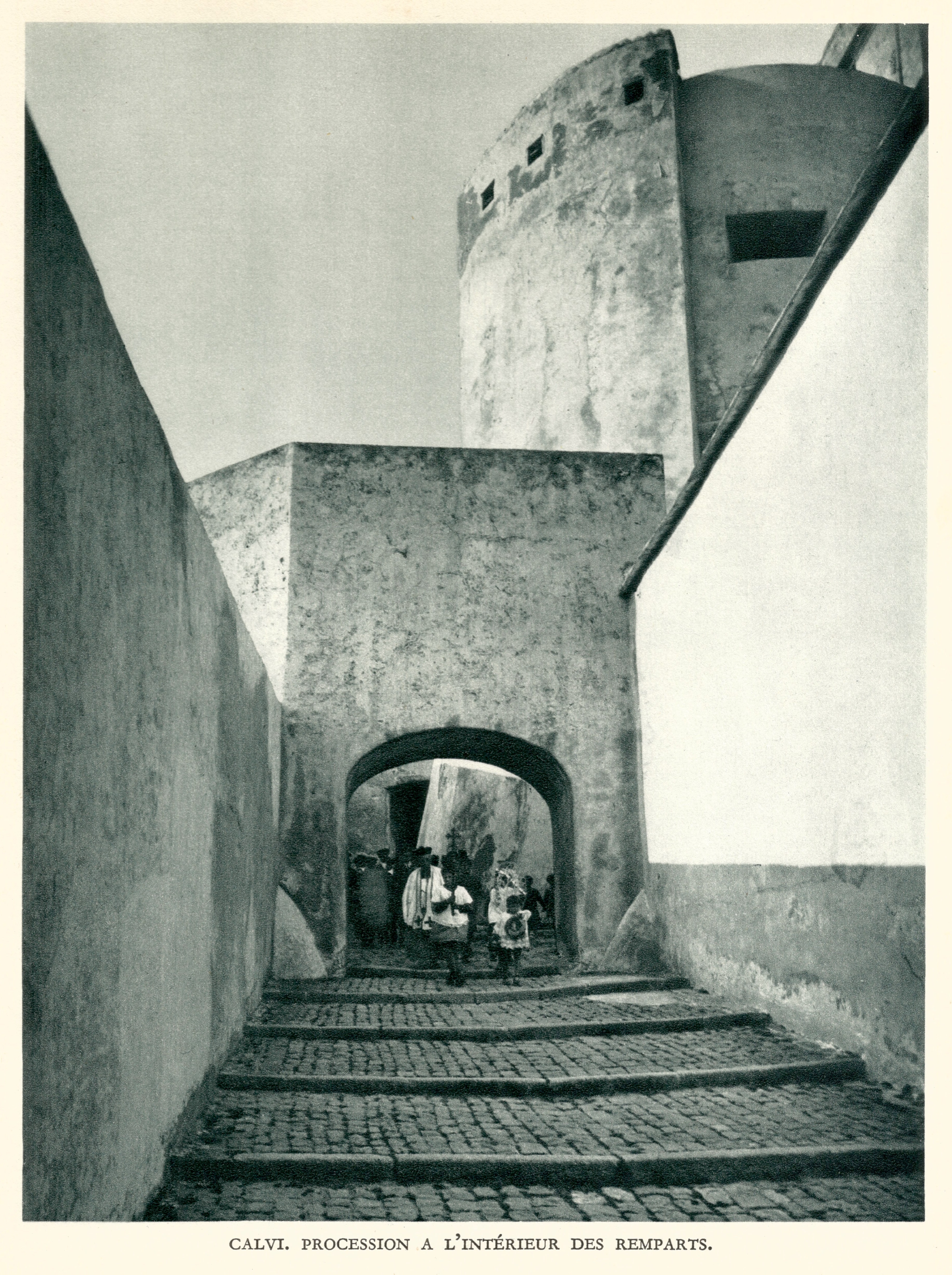











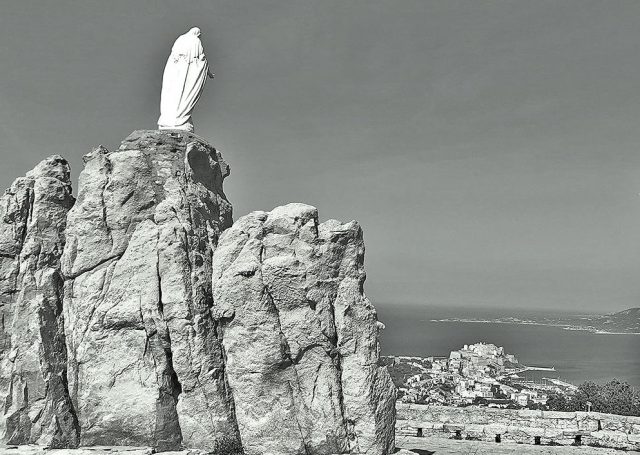



























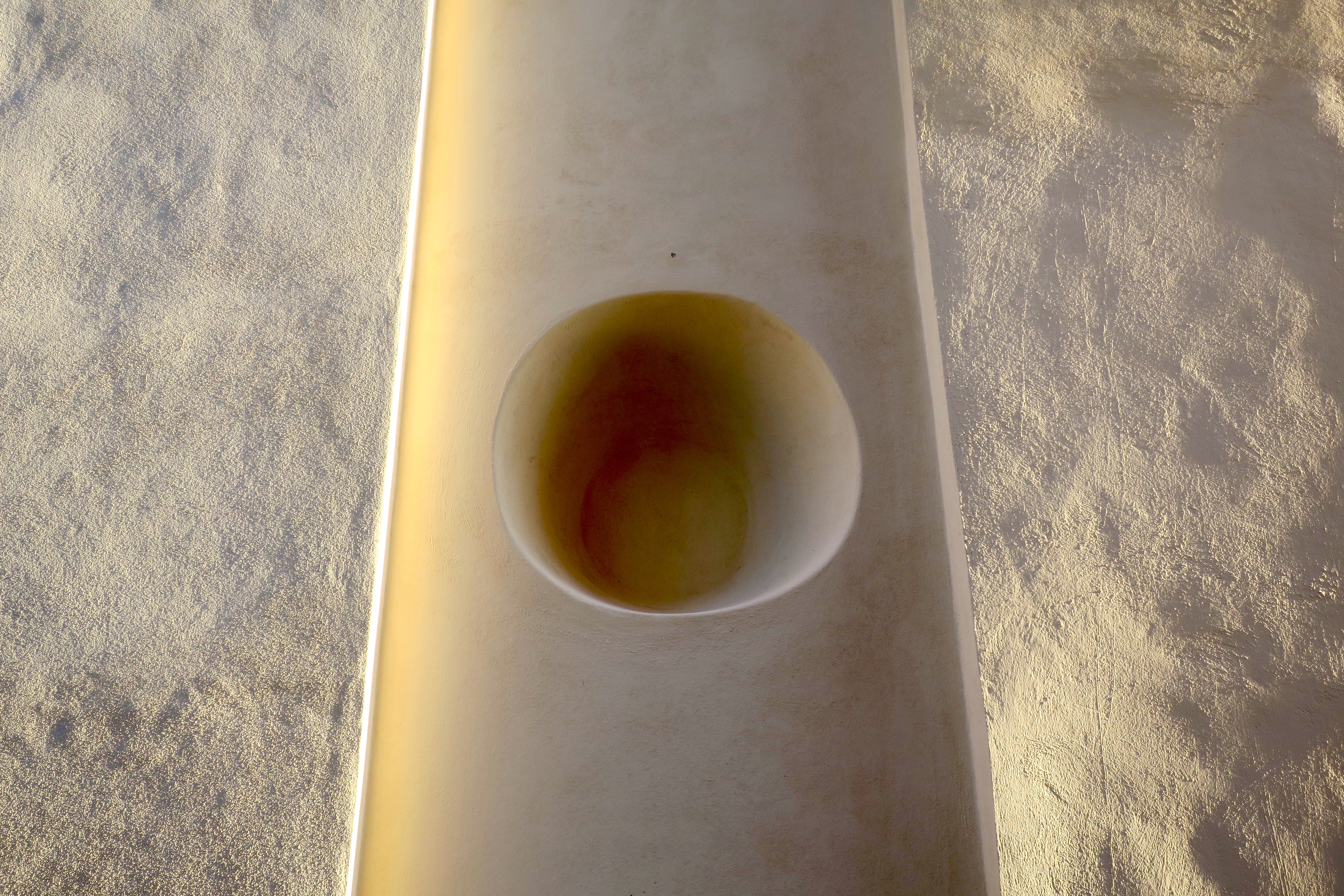





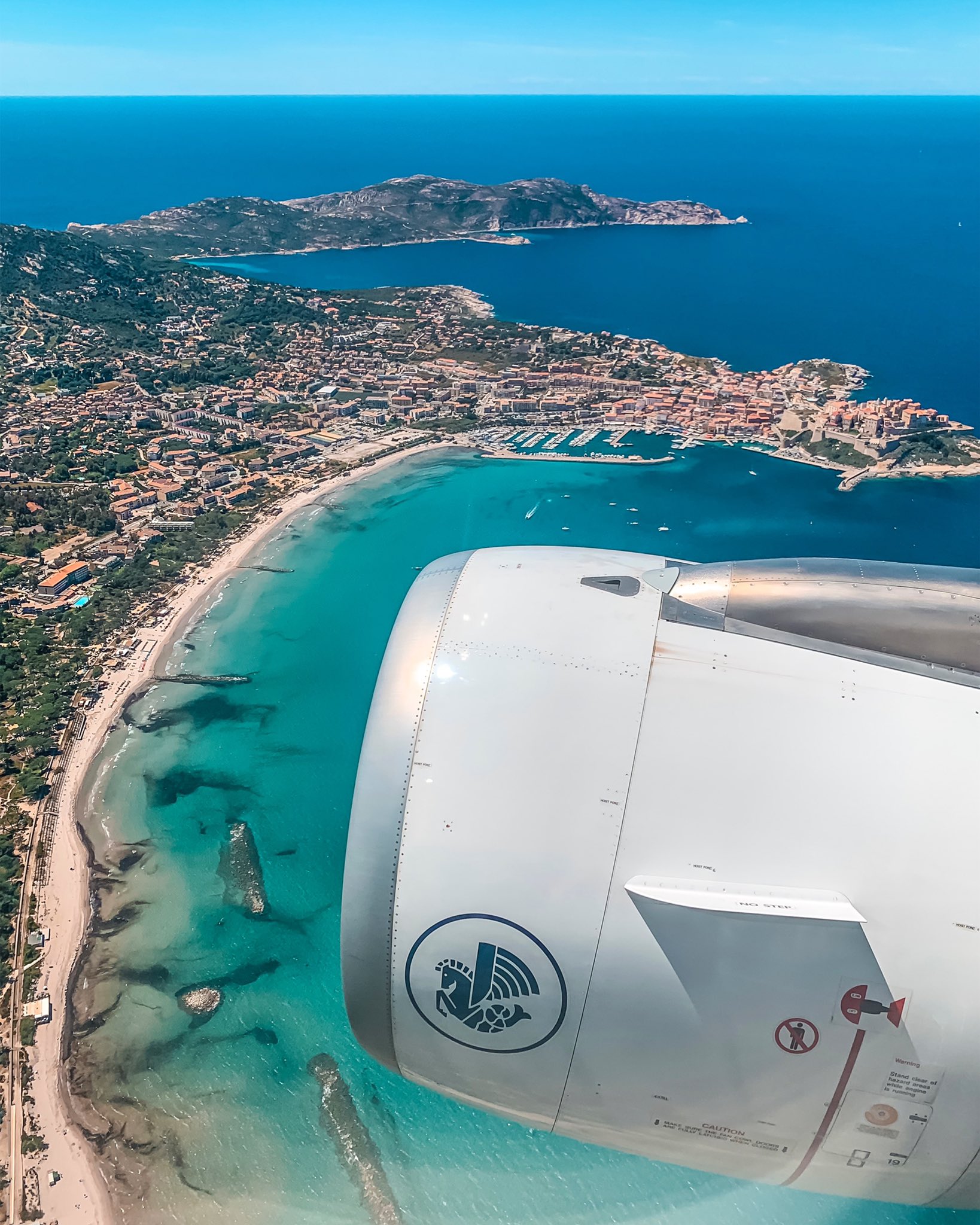
I went to Calvi many years ago and was so very taken by it’s charm, history and presence on the blue sea. We enjoyed every minute.